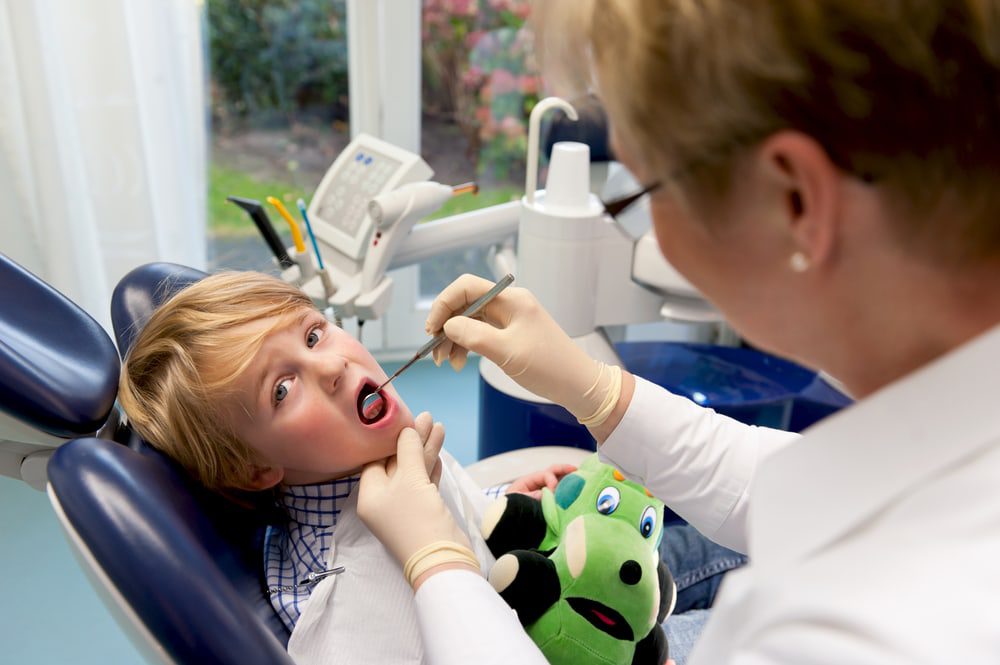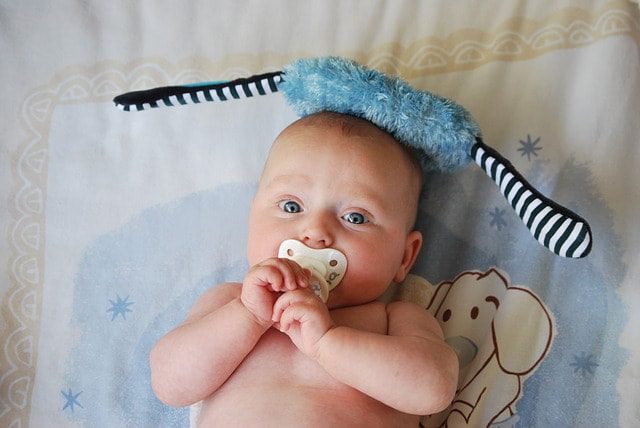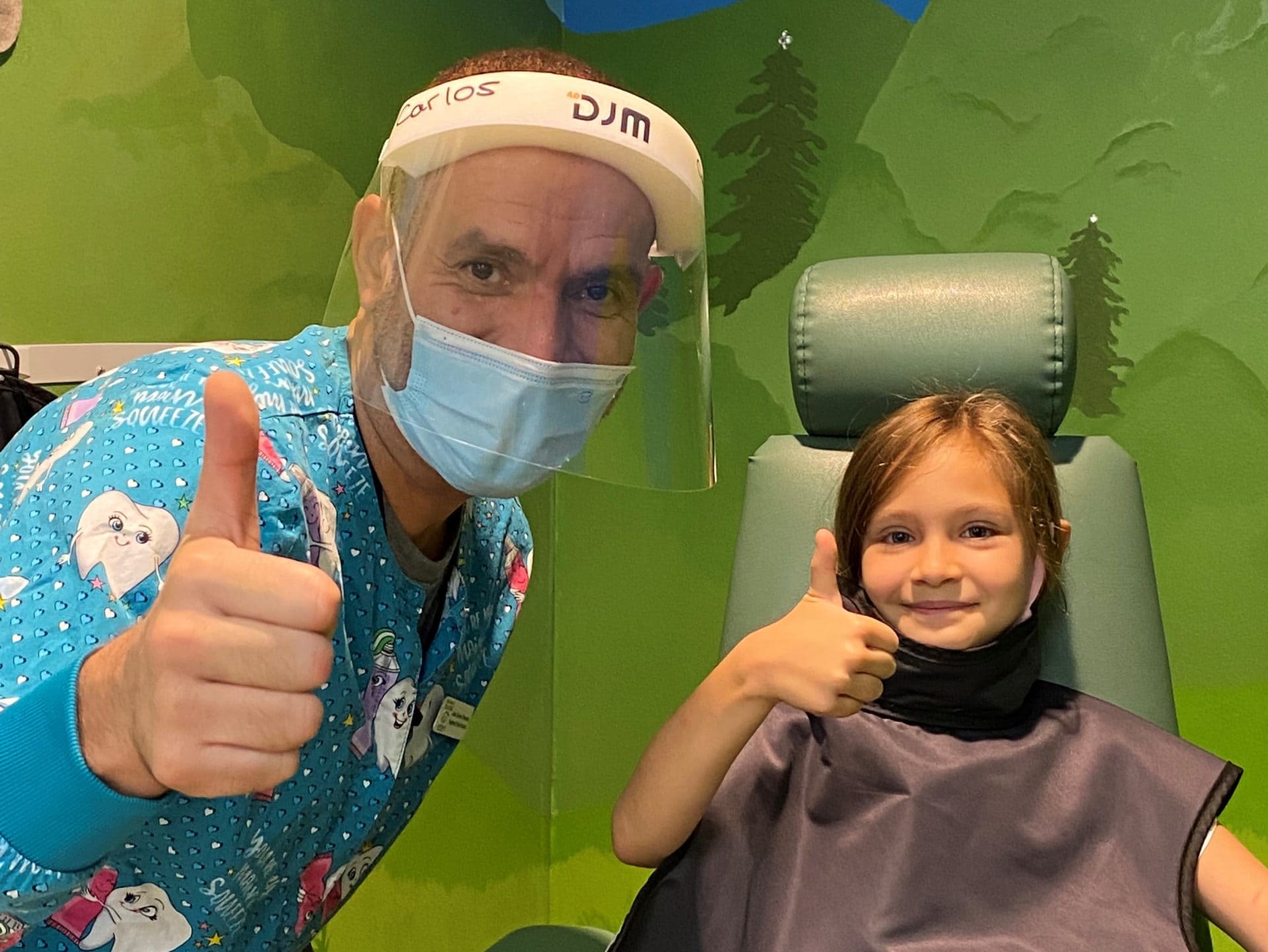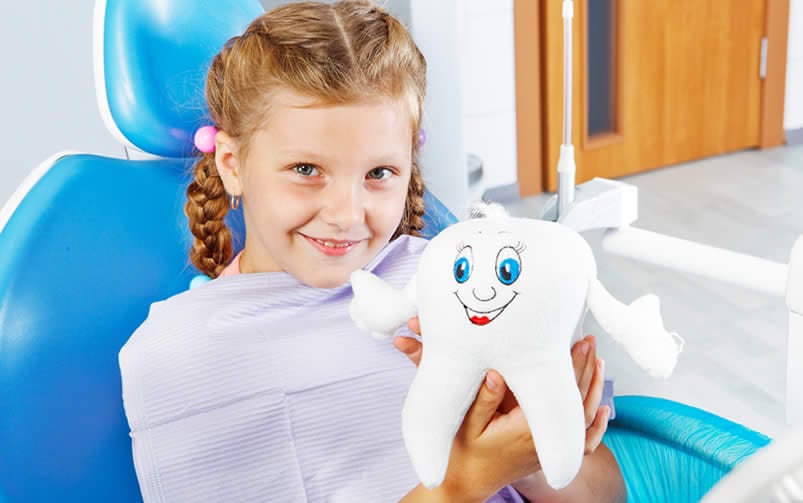Many kids have braces to fix a variety of dental issues – it’s almost a right of passage! But does everyone with crooked teeth or an overbite need them? Braces are expensive, require a lot of maintenance and orthodontic appointments, and many teens feel self-conscious of them.
Is there an alternative to braces for kids? More specifically, is there a cheaper alternative to braces? Other options can correct some dental issues, such as teeth gaps and crossbites. For complicated teeth straightening, though, braces may be the best solution.
How Do Braces Work?
Braces use pressure to move the teeth into their correct positions. Although the pressure isn’t very strong, it’s constant, and it’s the steady pulling that causes the teeth to slowly and gently shift. Your teeth are connected to a soft membrane that gradually adapts them to a new position.
There are a few varieties of braces with different appearances and price factors, but all use the gradual pressure technique to correct the teeth.
Metal Braces
Traditional metal braces are still the most commonly used method for correcting crooked teeth, shifting over teeth due to overcrowding, and for closing gaps between teeth. What age a child should get braces will depend on each child’s circumstance. Your child’s orthodontist will determine when they are ready for braces, which is usually after most of their permanent teeth have already come in.
The orthodontist will adhere metal brackets to the teeth using a strong, but safe, bonding adhesive. A metal archwire will attach to the brackets with ties and will apply pressure to the teeth to shift. The orthodontist will adjust the wire every few weeks to update the braces as the teeth move.
Advantages of Metal Braces
- They’re the strongest and most durable type of braces.
- They give orthodontists the most flexibility and might be the best option for complex situations and teeth shifting.
- Patients can choose the color of their braces ties, changing them up each time and making them more fun.
Disadvantages of Metal Braces
- Teeth bling is not the most attractive option – and can cause some kids to feel self-conscious.
- The wire may scratch the inner cheek, and the brackets can cause some initial irritation, although wax and other tips can help.
Ceramic Braces
Ceramic braces work similarly to metal braces, using brackets and a wire to put pressure on the teeth shift. The brackets and ties in ceramic braces are typically clear or a light color to camouflage onto the tooth, making them less obvious.
Advantages of Ceramic Braces
- They’re less noticeable than metal braces due to their light or transparent color.
- They may be softer and more comfortable than metal braces.
Disadvantages of Ceramic Braces
- The ceramic braces are not as durable as metal braces, and they may break more easily.
- They require more cleaning and maintenance than metal braces to avoid getting stained and looking dirty.
Problems That Can Be Fixed Without Braces
Not all dental issues require braces. Some teeth corrections can be made with alternative treatments that may be more comfortable and easier to manage than braces. The cost of braces is also a significant consideration, and some alternatives may be less expensive.
Ask your dentist if your child is a candidate for an alternative to braces if they have any of the following issues:
- Overlapping teeth
- Crooked teeth due to a crowded mouth
- Gaps between teeth
- Overbite
- A narrow upper jaw
Alternative to Braces for Kids
What else can you use instead of braces? The following treatments are alternatives to braces with excellent results and might be the right choice for your child.
Retainers
Retainers may be able to correct a small gap between two teeth or a slight overlap. While they can’t make any major corrections and are usually used to maintain the teeth’s positions after braces, they may be enough for minor changes.
You can remove the retainer when eating, which is both an advantage and a disadvantage. If your child has a retainer, make sure they don’t lose it when they take it out to eat.
Clear Aligners
Clear aligners are a popular choice to correct crooked teeth as they are nearly invisible and are an excellent option for the self-conscious teen. These aligners are custom-made, molded to the person’s teeth with minor adjustments in each set. The aligners must be worn all day and are removed only to eat and to clean them.
Before getting your child clear aligners, make sure they are responsible enough to take care of them as they are a bit high-maintenance. They will need to remove the aligners before eating – without losing them, clean them often and change the sets as they progress.
Headgear
Headgear can correct an overbite, underbite, or crossbite but won’t help straighten teeth. Headgear can be painful as its pressure is intense, but it usually isn’t needed for more than a year to accomplish its goal and may be a great alternative to braces for overbites.
Palatal Expanders
Expanders can help widen a child’s upper jaw to make more room for their permanent teeth to grow in. The expander is installed in the palate and is gradually adjusted to stretch the upper jaw. It can cause some discomfort each time the dentist adjusts it but accomplishes what braces cannot do.
Tooth Contouring
Tooth contouring can help if a tooth is just slightly overlapping another tooth. The dentist will shave down the tooth in a painless procedure to make the teeth look straighter without braces or other dental hardware.
Myobrace
The Myobrace device can correct crooked and misaligned teeth. It is a temporary, removable appliance that only needs to be worn for a few hours a night.
Final Words
While metal braces are still preferred by many orthodontists for complex teeth straightening, select dental issues can be fixed with alternative methods. Some braces alternatives can be less expensive, less invasive, and just as effective as braces for minor issues and corrections. Ask your dentist what methods may be applicable for your child. Find a pediatric orthodontist near you!



